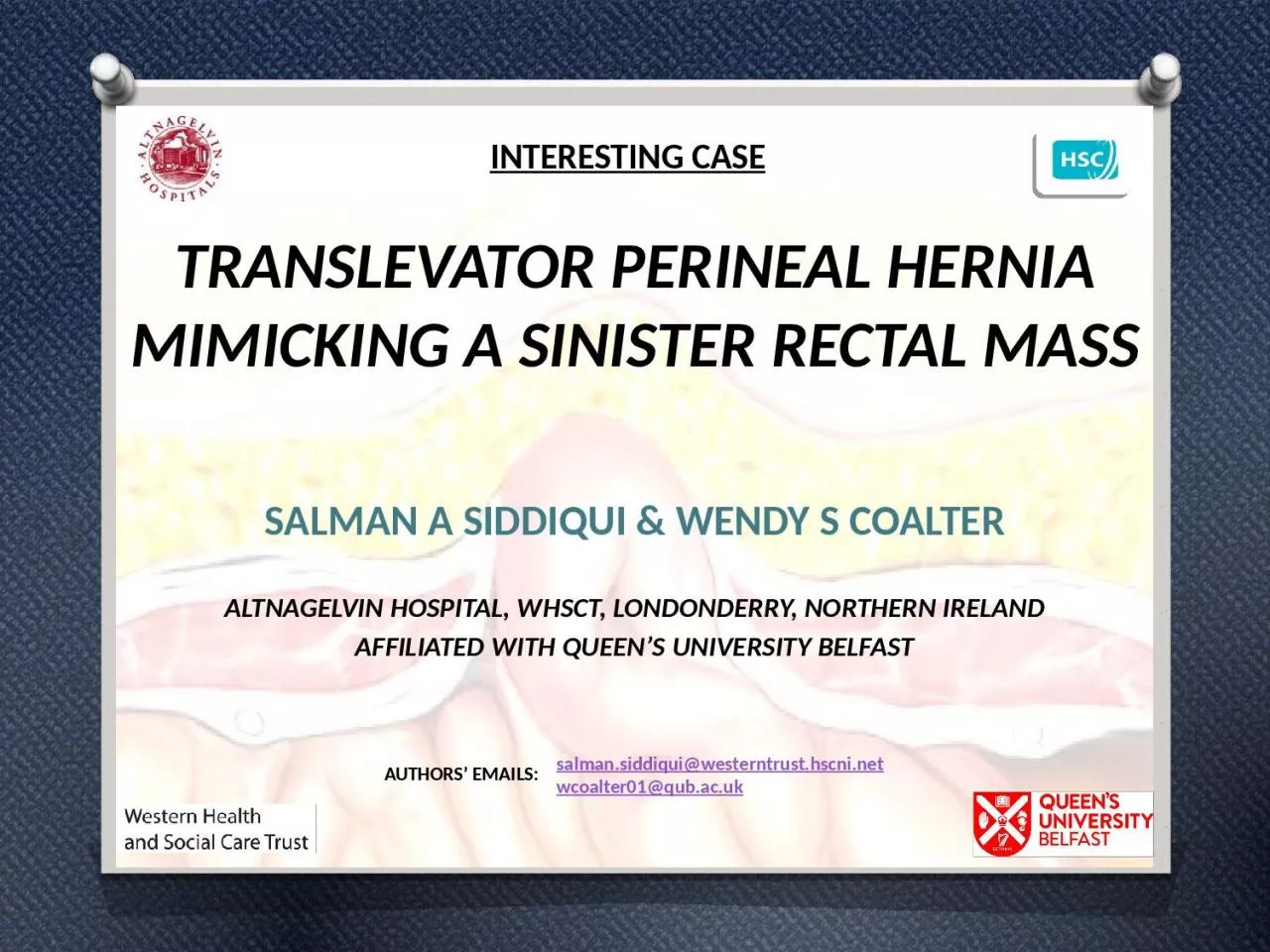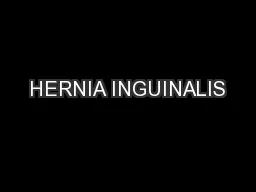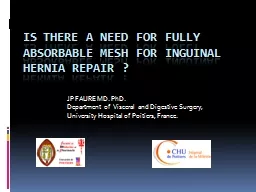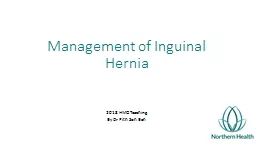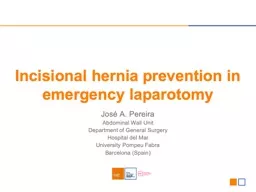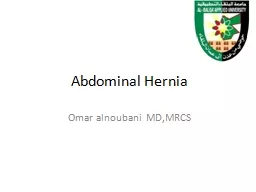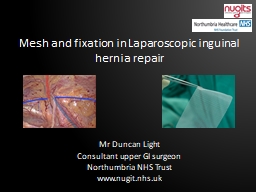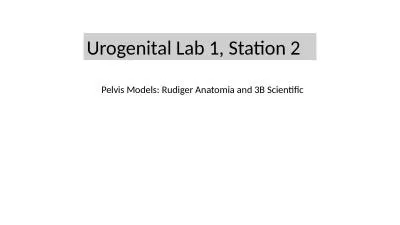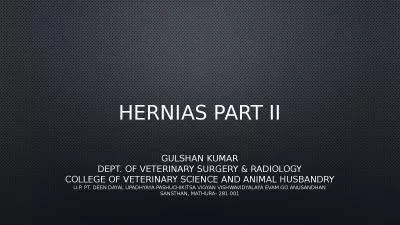PPT-TRANSLEVATOR PERINEAL HERNIA MIMICKING A SINISTER RECTAL MASS
Author : UnicornLove | Published Date : 2022-08-03
SALMAN A SIDDIQUI amp WENDY S COALTER ALTNAGELVIN HOSPITAL WHSCT LONDONDERRY NORTHERN IRELAND AFFILIATED WITH QUEENS UNIVERSITY BELFAST INTERESTING CASE salmansiddiquiwesterntrusthscninet
Presentation Embed Code
Download Presentation
Download Presentation The PPT/PDF document "TRANSLEVATOR PERINEAL HERNIA MIMICKING A..." is the property of its rightful owner. Permission is granted to download and print the materials on this website for personal, non-commercial use only, and to display it on your personal computer provided you do not modify the materials and that you retain all copyright notices contained in the materials. By downloading content from our website, you accept the terms of this agreement.
TRANSLEVATOR PERINEAL HERNIA MIMICKING A SINISTER RECTAL MASS: Transcript
Download Rules Of Document
"TRANSLEVATOR PERINEAL HERNIA MIMICKING A SINISTER RECTAL MASS"The content belongs to its owner. You may download and print it for personal use, without modification, and keep all copyright notices. By downloading, you agree to these terms.
Related Documents

